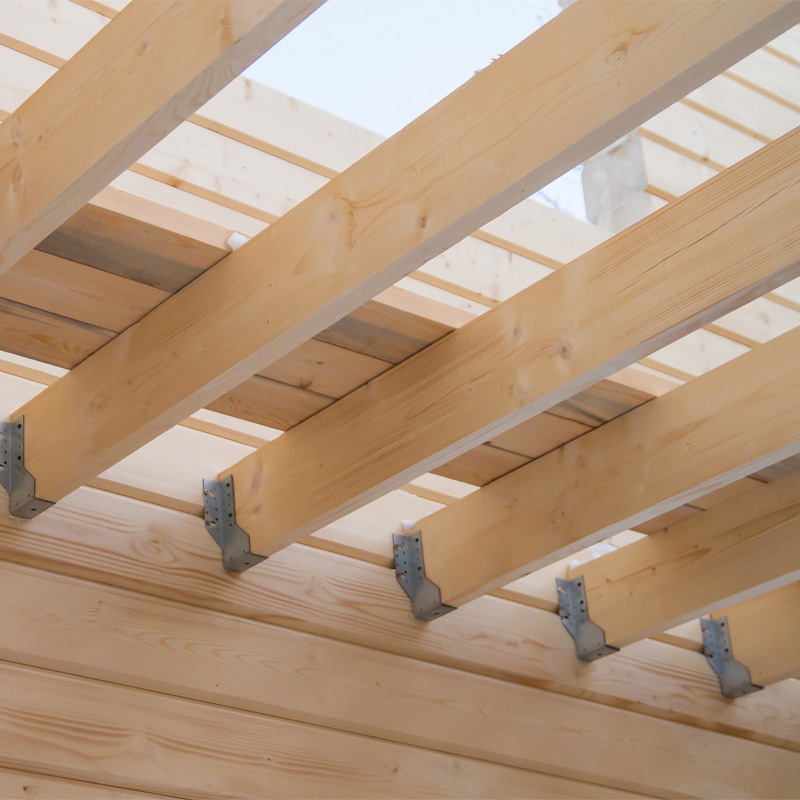
What are the differences between C16 and C24 grade timber?
Published on May 3, 2023
Posted in Advice & Reviews
by MKM
2 min read
C16 and C24 timber are two commonly used types of timber in construction, but they have some differences in terms of their strength, quality, cost, and appearance.
In terms of strength, both C16 and C24 timber are stable enough to handle pressure in construction applications, but C24 timber is the stronger of the two. This makes it the preferred choice for larger projects where strength is essential. While both C16 and C24 timber are strong and durable, C24 timber offers premium quality for any construction project as it has fewer defects.
When it comes to cost, C16 timber is generally more cost-effective as it is typically produced and sourced in the UK. On the other hand, C24 graded timber can only be sourced by importing timber from areas where the climate forces a slow growth rate, such as Scandinavian countries. Because of importing costs, C24 tends to be more expensive.

Regarding appearance, C16 timber can sometimes have a few defects that impact the overall appearance. However, C24 graded timber has less visible defects and a more premium and consistent appearance, making it the preferred choice for products where the timber is going to be visible.
Harvested over approximately 40 years, C16 timber is a commonly used type of timber in UK construction, used for a wide range of building applications such as joists for walls, floors, and roofs. It is kiln-dried and offers strength, compression, and density. All factors highly sought after in the construction industry. However, it can have some defects, including grain deviations, as well as cosmetic marks such as sap stains and uneven surfaces. This makes it the preferred option when the timber isn’t visually exposed. It is cost-effective and ideal for local budgeted projects.
C24 timber, on the other hand, is of the highest quality timber available in construction. It is also kiln-dried to reduce the moisture content and is harvested over 70-80 years, making it more stable. While it is more expensive than C16 timber, it can be used at wider centres, reducing the amount of timber required. With fewer defects it is strong and resilient, making it the preferred choice for larger projects where strength is essential and where it is visually exposed.
Shop our timber range here